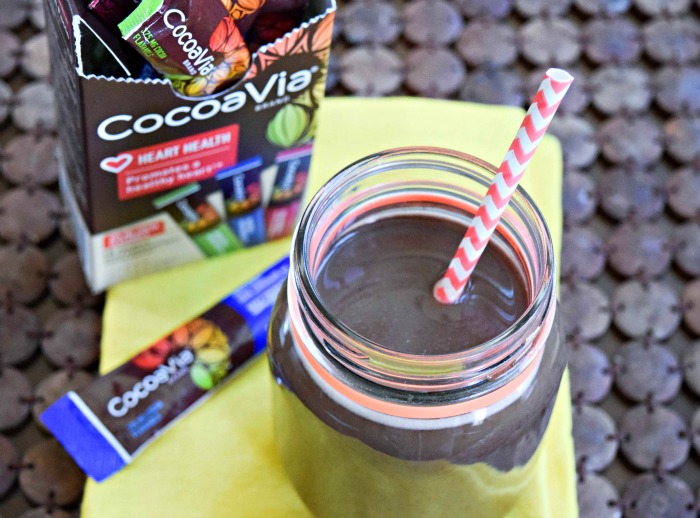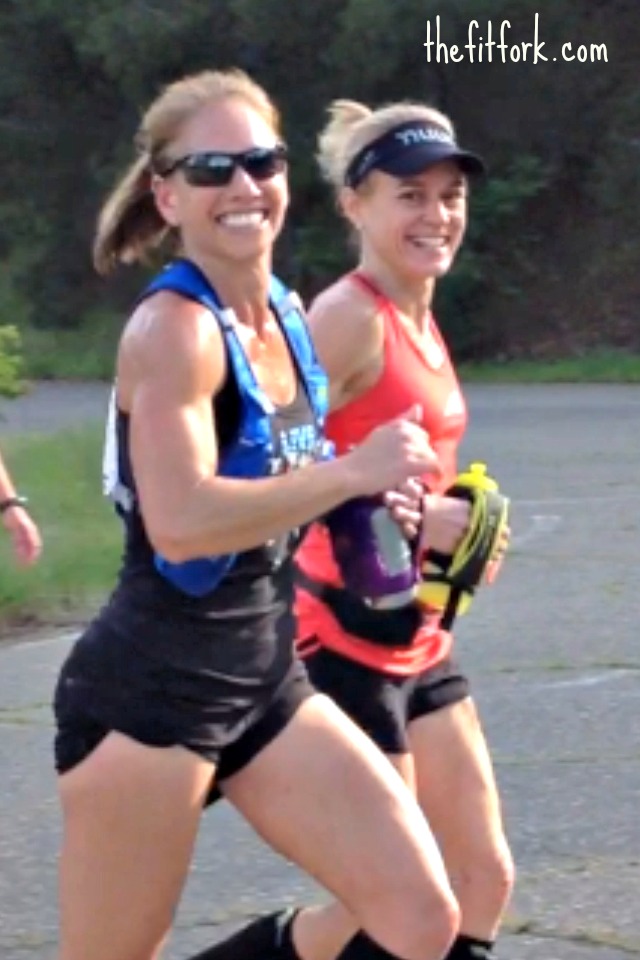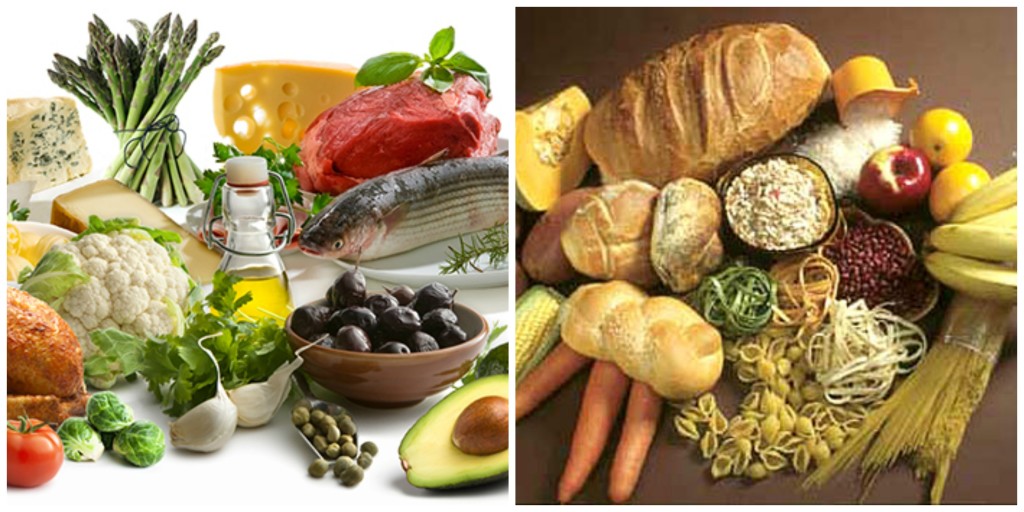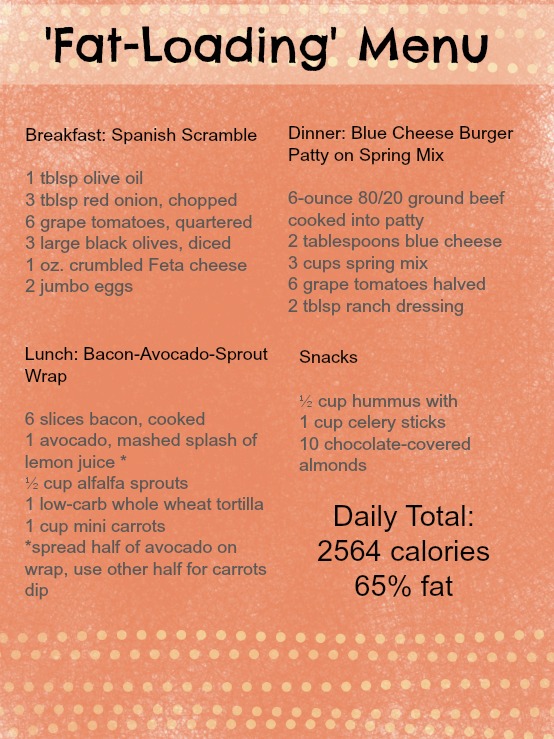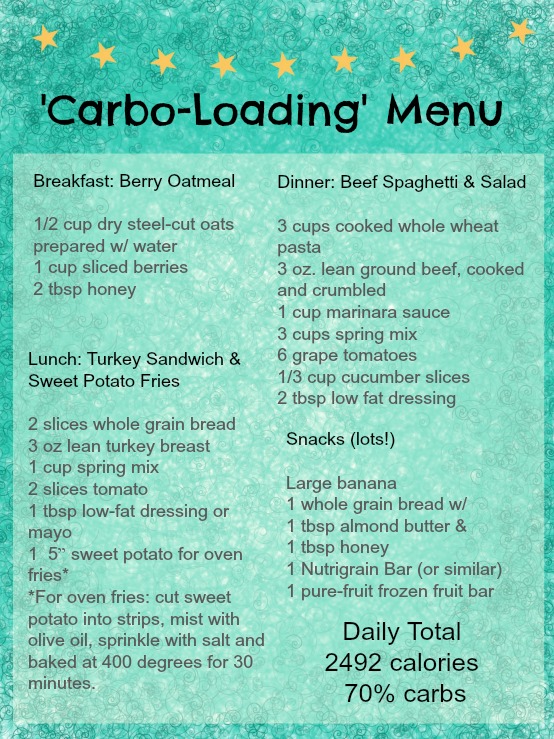Disclosure: I was compensated for my time as part of the @CocoaVia Supplement #HeartMonth campaign through the Healthy Aperture Blogger Network.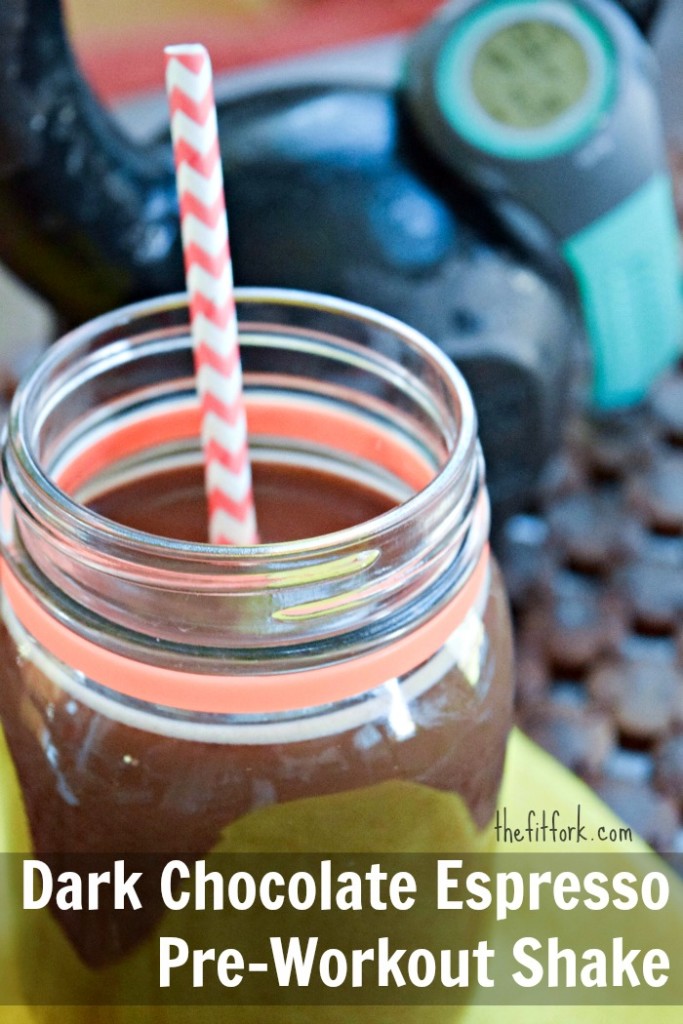
Does it sound strange to say the favorite part of my day is working out? Some people hate exercising, but I love it. It’s a time to forget about everything that stresses me, focus on achieving personal goals, and cater to my competitive side while still having fun with friends. But, more often than not, it’s hard for me to get my rear in gear for a run or workout. However, I’ve found that the right nutrition about 30 minutes before I head out to the gym, trail or track helps me win the day. 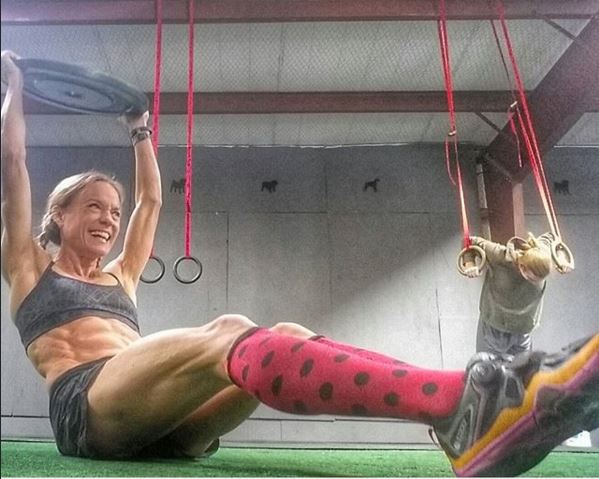
Since I’m typically in a rush tying up work and family obligations, I need an easy pre-workout snack that I can stash in my gym bag. Personally, I prefer a drink over food because it’s easier for me to stomach before a workout — unfortunately, many beverages need refrigeration. However, I came up with a delicious recipe for Dark Chocolate Espresso Pre-Workout Shake that can be prepared right on the spot with no blender, fridge or heating appliances.
The workout friendly ingredients include canned espresso for a caffeine boost, honey crystals for some quality, quick-energy carbs, chocolate whey powder for sustained energy and CocoaVia® Daily Cocoa Extract Supplement for a dose of cocoa flavanols, which are scientifically proven to promote a healthy heart by supporting healthy blood flow†.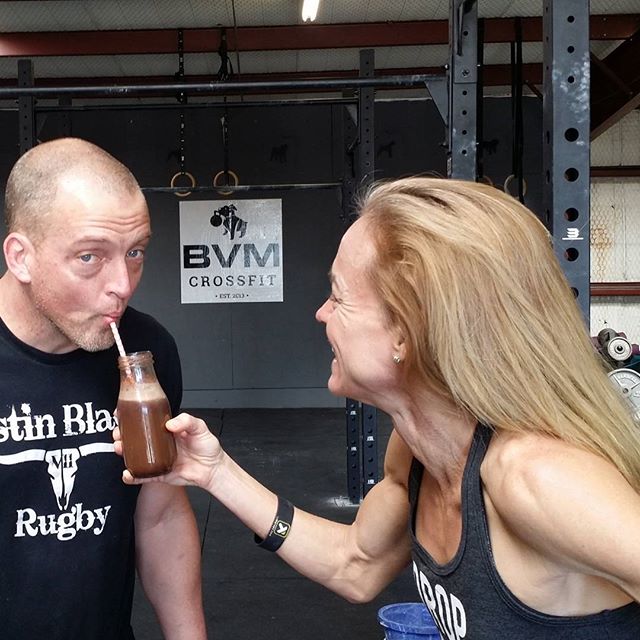
I didn’t have any trouble finding taste-testers at my CrossFit gym!
Seriously easy, all you do to make the “recipe” is bring along a mason jar filled with a bit of dry honey crystals and a half-scoop of your favorite chocolate protein powder. Before drinking, just add your 8-ounce can of espresso, 4 ounces of water and a packet CocoaVia® Daily Cocoa Flavanols Extract Supplement (Unsweetened Dark Chocolate). If you don’t want to use the canned espresso (or can’t find it), you can just add black coffee to the Mason jar brought from home – however, I do recommend the 8-ounce can of High Brew Double Espresso because it’s convenient and is made with just a light touch of cane sugar. Whole Foods usually carries it.
Shake, shake, shake up everything in the Mason jar and enjoy – this pre-workout shake isn’t too filling, so it stays down even if burpees are on the whiteboard. Another thing, and GENIUS, if I might add – if you are in a situation where there might be multiple “mason jars” hanging around or if you want to differentiate concoctions in your own fridge, those cheapie rubber bracelets fit perfectly around the rim – everyone gets a different color! Scroll back up and look at the photo for my orange bracelet!
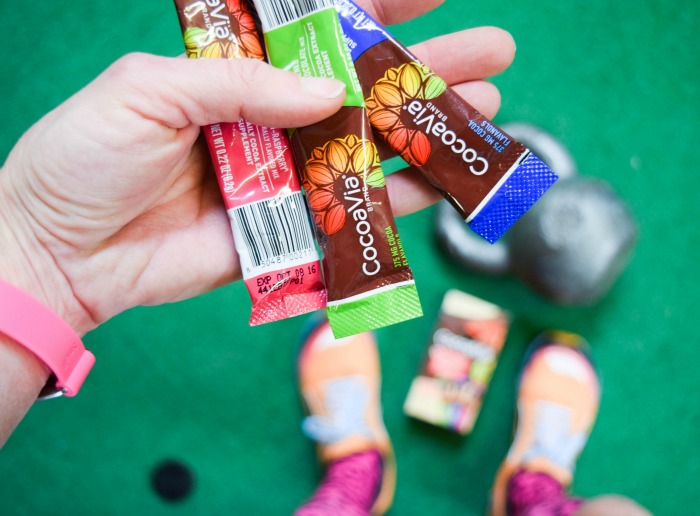 I think you’ll love this pre-workout beverage – it provides heat-healthy cocoa flavanols, sustaining energy thanks to the protein powder, and tastes great at any temperature. You’ll also really appreciate the CocoaVia® Daily Cocoa Extract Supplement that delivers the highest concentration of cocoa flavanols you can find. The use of cocoa flavanols, like those found in CocoaVia®, are supported by two decades of scientific research that suggest these powerful plant-derived nutrients may play a valuable role in cardiovascular health. It’s pretty much impossible to get enough of these cocoa flavanols through chocolate treats (you’d surely get sick!), the traditional cocoa processing, which includes drying, fermenting and roasting of beans, destroys many of the naturally-occurring flavanols. However, CocoaVia®supplement isolates the “good stuff” and packages it up for use in a convenient, versatile form, without all the calories and fat – my heart and I love them for that! For more information, visit www.CocoaVia.com
I think you’ll love this pre-workout beverage – it provides heat-healthy cocoa flavanols, sustaining energy thanks to the protein powder, and tastes great at any temperature. You’ll also really appreciate the CocoaVia® Daily Cocoa Extract Supplement that delivers the highest concentration of cocoa flavanols you can find. The use of cocoa flavanols, like those found in CocoaVia®, are supported by two decades of scientific research that suggest these powerful plant-derived nutrients may play a valuable role in cardiovascular health. It’s pretty much impossible to get enough of these cocoa flavanols through chocolate treats (you’d surely get sick!), the traditional cocoa processing, which includes drying, fermenting and roasting of beans, destroys many of the naturally-occurring flavanols. However, CocoaVia®supplement isolates the “good stuff” and packages it up for use in a convenient, versatile form, without all the calories and fat – my heart and I love them for that! For more information, visit www.CocoaVia.com
†This statement has not been evaluated by the Food and Drug Administration. This product is not intended to diagnose, treat, cure, or prevent any disease.
Are you a chocolholic? What do you eat before a workout? Did you run a race or have a competition this weekend? I’d love to know, please share in the comments below – XOXO, Jennifer
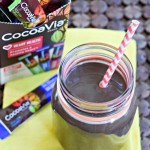
- 1 packet CocoaVia® Daily Cocoa Extract Supplement (Unsweetened Dark Chocolate).
- 1/2 to 1 teaspoon dried honey crystals (like Nektar Naturals) or palm (coconut) sugar
- 3 tablespoons chocolate protein powder about 1/2 scoop
- 8 ounce can lightly sweetened espresso beverage or unsweetened strong black coffee
- 4 ounces water
-
Add CocoaVia®, honey crystals, and protein powder to mason jar or shaker bottle. Add lid and lightly shake to combine.
-
Add espresso and and water to powdered mixture. Shake vigorously until well combined.
-
Enjoy as-prepared or serve over ice.

